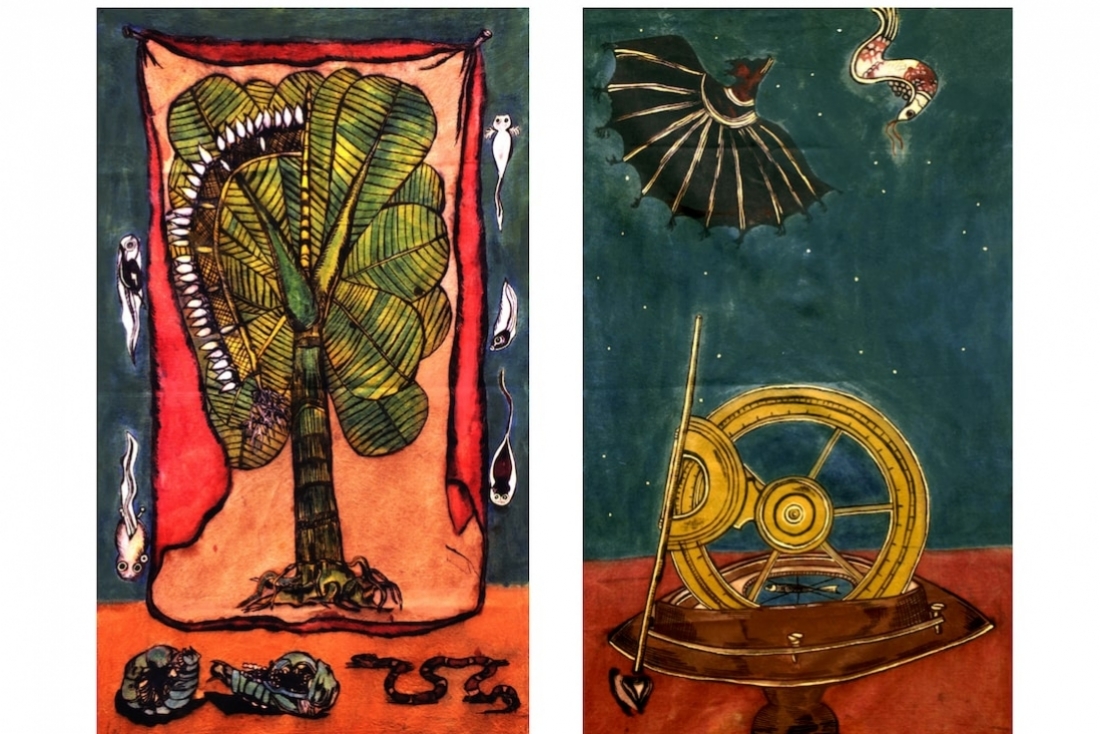During my MA, I had incorporated several elements and aspects of textile dyeing, printing and embroidery in my work in an attempt to re-work 'craft' and domestic practices that came to be known as 'women's work' in creating 'art'. Just like that of women artists in the 70's in America such as Miriam Shapiro, Judy Chicago, Louise Bourgeoisie (who were members of the pattern and decoration movement... They incorporated traditionally feminine and domestic forms of creativity such as embroidery which have been marginalized in the larger history of the visual arts and tried to call attention to the complicated history of women's involvement in various forms of artistic production. Their sewn objects, canvases and samplers critique the tradition that has classified sewing as a hobby, craft or ornament, as opposed to painting and sculpture which were fine arts or professional arts.
As I continued working with cloth, I began to get interested in traditional dyeing and printing processes in India (especially kalamkari) maybe because of its similarity to painting. Using a conventional - 'craft' medium (like kalamkari) as a contemporary art practice necessitated an awareness of its location and context within the broader historical and cultural dynamic.
To that effect I have been trying to explore the multilayered role that dyed and printed textiles have played in the history of colonial trade, the establishment of colonialism and the economics of political domination and imperialism in India; while simultaneously drawing attention to the historical time when 'high art' and 'craft' became opposing categories that needed to be defined against each other to validate their existence.
I have also been particularly interested in correspondences between 'textiles' and 'text' and metaphors relating the two such as– 'to spin a yarn', 'to follow a thread of narrative', 'to embroider a tale', 'to weave a tale' 'to fabricate' and their link to the construction or the making of 'history', especially true in the context of 'discovering' the East. Early travellers to East were very influential in disseminating information about the new and unknown lands and succeeding in perpetuating a whole list of stereotypes on the marvels and wonders of the East. Western ideas of the orient consisted of an entire tradition of myths and fables which combined some truth with much fiction.
Game Of Chance is now live on www.artintouch.in till 10th December, 2020.
